Overview of the Center
By bringing together our research and education activities related to space development and space environment utilization at Tokyo University of Science, we have established a research center for comprehensively studying various technological issues, ranging from basic research to ways of traveling into space.
Specifically, with the following goals in mind, we aim to build a place for co-creation where cross-disciplinary technologies and human resources can be brought together to form a virtuous cycle between the earth and space, in order to solve various issues common to both space and earth.
- By utilizing photocatalytic technology, which is one of the specialties of our university, we aim to develop life-support technologies in space and to realize a safe and comfortable living environment on earth.
- We will work on demonstrating technologies in space using suborbital spaceplanes under development and the International Space Station, and develop a new “space” market in partnership with industry.
- The Research Center for Space Colony, which has been researching and developing space-stay technologies, will shift its focus to “dual development on earth and in space and the development of space vehicles to bridge the two,” to achieve further strategic development.
- We will provide a place for education based on these research opportunities connected to space, secure and foster PhD students and young researchers, and build an environment where they can experience “real” research.
Message from the Director
Shinichi KIMURA
Director
Faculty of Science and Technology, Department of Electrical Engineering Professor
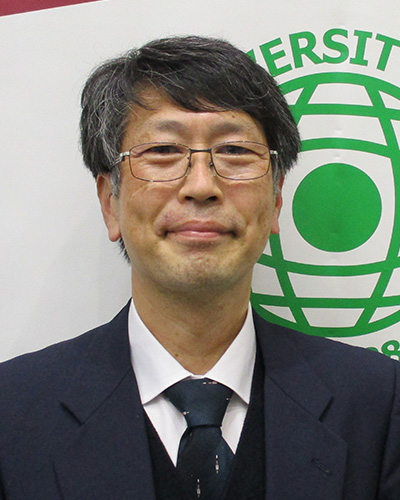
In recent years, humanity has been expanding into space at an accelerating pace. Space systems involve multiple disciplines, and require bringing together not only aerospace engineering but also a wide range of science and technology skills from basic to applied. Moreover, as exemplified by recycling-based living in the closed environment of space, the technologies required for humanity to reach out into space are closely related to solving various problems on earth, such as sustainable development and a recycling society. The Center will actively collaborate with universities, research institutes, private companies, and other organizations, focusing on related research and development being carried out at Tokyo University of Science, with the aim of pooling wisdom to create innovations and a place where both space and earth can co-exist easily.
We will also contribute to the innovation of society by educating students and fostering excellent human resources with a broad perspective through practical and comprehensive activities aiming for such frontiers, leveraging the university’s role as an educational institution.
Researchers, private companies, and students, let’s aim for the frontier of space together.
Structure and Activities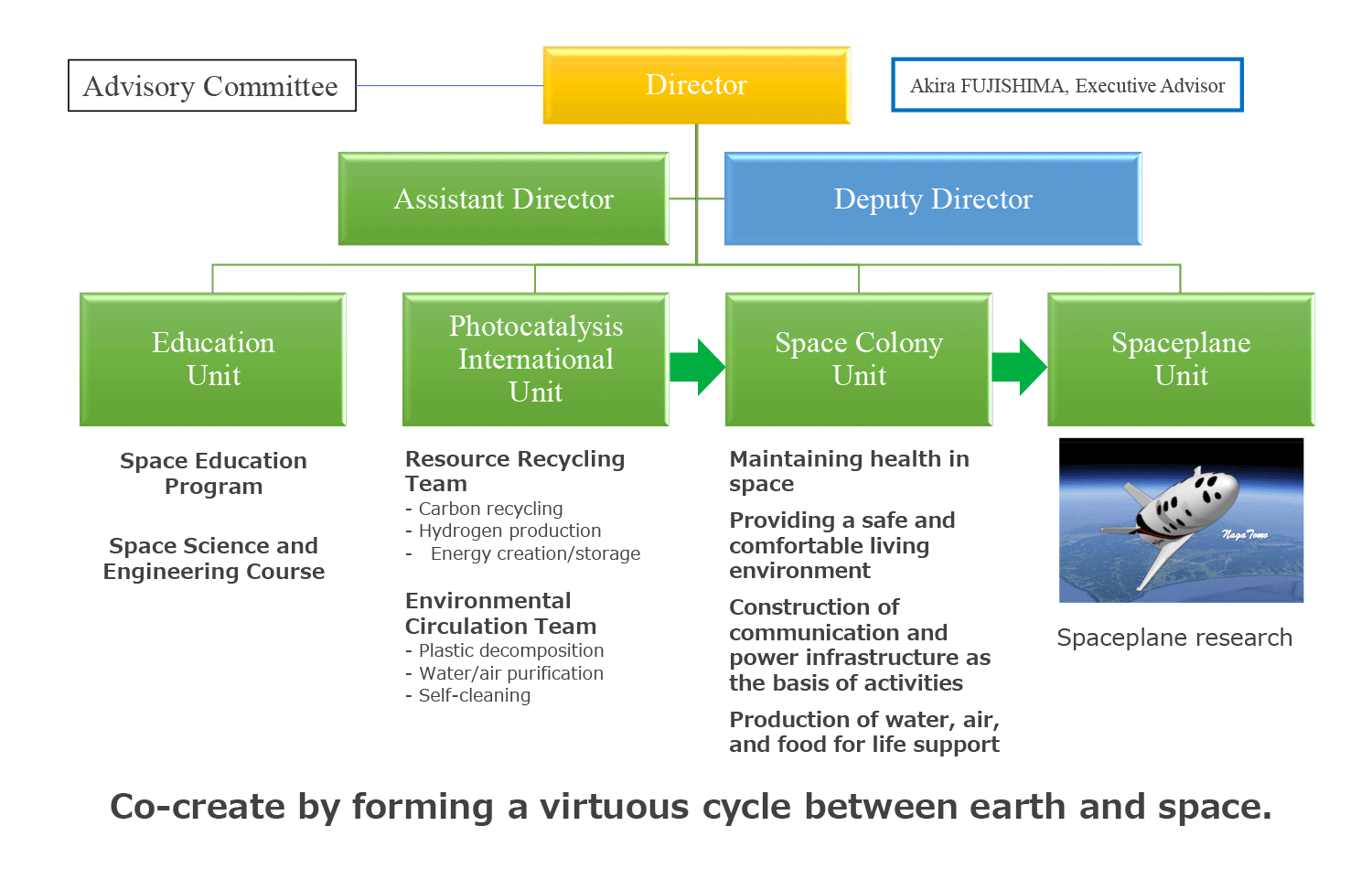

Units
- Education Unit Education utilizing “real” technology and experience that leads to actual use in space
Utilizing the technologies and researches of Tokyo University of Science, such as flight missions, rocket launches, theoretical research in astrophysics, and astronomical observations, for the purpose of education is a great incentive for both researchers and students. In addition to participating in a number of missions, we will work in close cooperation with domestic and international space development organizations, space venture companies, and space development companies, and will actively utilize the results obtained for education.
- Photocatalysis International Unit Solving resource and environmental problems based on photocatalysis
Photocatalysts, such as titanium dioxide, are effective for decomposing organic pollutants and have antibacterial and disinfecting properties, due to their strong oxidative decomposition power. In addition, research on artificial photosynthesis using photocatalysts (hydrogen production by water decomposition and generation of valuable substances by carbon dioxide reduction) is being actively conducted. By advancing these researches, we will tackle existing issues on earth that must also be overcome when entering space, such as environmental purification and energy production.
- Space Colony Unit Advancement of space-stay technologies and promotion of social use, with a focus on space habitation
We will conduct cross-disciplinary research and development of various technologies related to clothing, food, and housing that have not been directly related to space so far, as well as infrastructure construction technologies in closed environments, such as electric power and telecommunications. In addition, we will collaborate with companies and research institutes on the applied development of space-stay technology designed to allow humans to stay in an extreme closed environment for a long time, aiming to solve social issues such as disasters and food problems on earth, which are common issues for humanity.
- Spaceplane Unit Development of spaceplanes that allow anyone to travel to and from space
The Spaceplane Unit conducts research and development on system integration, including system optimization technology, fault-tolerant systems, LOX/LNG engine operation, autonomous navigation technology, composite airframes and propellant tanks, and the legalization of commercial space transportation, all of which are necessary to allow anyone to travel freely to and from space using spaceplanes just like using an airplane, under the slogan “Space is for everyone.”
Facilities and Equipment
The Center is equipped with the latest equipment for space development research.
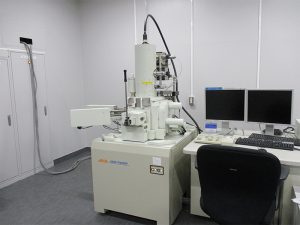
Field Emission Scanning Electron Microscope
JSM-7600F (JEOL Ltd.)
In Common Equipment Room 3, Photocatalysis International Research Center 1F
A semi-lensed high-resolution SEM equipped with an energy-dispersive X-ray analyzer, which enables not only high-resolution observation but also stable, high-speed, and high-precision elemental analysis. As it is possible to irradiate the specimen with an electron beam while applying a bias voltage, the top surface of the specimen can be observed with high resolution even with incident electrons of several hundred eV.
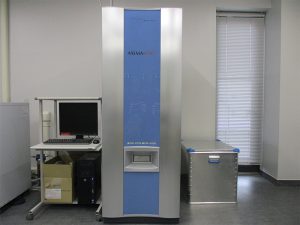
Matrix-assisted Laser Desorption/Ionization Time-of-flight Mass Spectrometer
AXIMA-TOF2 (Shimadzu Corporation)
In Common Equipment Room 2, Photocatalysis International Research Center 2F
Measures the mass of a sample component, and is sometimes used to accurately measure the mass of biopolymers such as proteins.
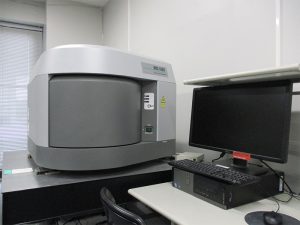
Laser Raman Spectrophotometer
NRS-5100 (JASCO Corporation)
In Common Equipment Room 2, Photocatalysis International Research Center 2F
Performs Raman spectroscopy while taking a microscopic image at high magnification on the surface of the specimen to be observed with the high-resolution CMOS camera built into the main unit. Equipped with two laser light sources with wavelengths of 532 and 785 nm, which can be used depending on the specimen, such as for suppressing the generation of fluorescence.
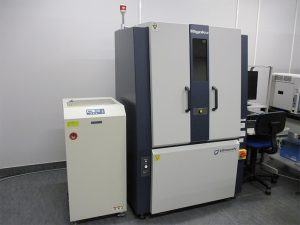
X-ray Diffractometer
Ultima IV (Rigaku Corporation)
In Common Equipment Room 2, Photocatalysis International Research Center 2F
Measures the specimen while holding it horizontally. It is easy to switch between a direct beam for Bragg-Brentano optics that prioritize intensity such as for qualitative and quantitative analysis of powder specimens, and monochromatic parallel beams using a radiation surface multilayer mirror such as for high-precision profile analysis and orientation measurement of powder specimens and measurement of thin films, reciprocal lattice maps, and rocking curves, simply by changing the slit.
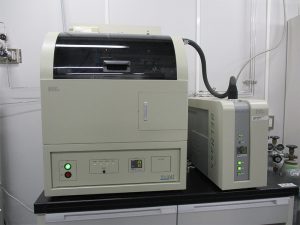
Catalyst Analyzer
BELCAT-B (MicrotracBEL Corp.)
In Self-Cleaning Laboratory, Photocatalysis International Research Center 3F
Allows TPD measurement, which measures the behavior of adsorbed molecules by continuously increasing the temperature after gas adsorption to the specimen, as well as temperature-programmed reduction (TPR) spectrum, temperature-programmed oxidation (TPO) spectrum, metal dispersibility, pulse adsorption amount measurement, and specific surface area measurement by the single-point BET method.
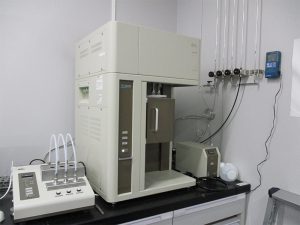
High-precision Gas/Vapor Adsorption Measurement System
BELSORP-max-12-N-VP (MicrotracBEL Corp.)
In Common Equipment Room 2, Photocatalysis International Research Center 2F
Measures specific surface area, pore distribution, vapor adsorption, and chemisorption with one unit. By measuring the amount of nitrogen and other gases adsorbed on the solid surface, information on the specific surface area, pore distribution, and metal dispersion of the solid can be obtained.
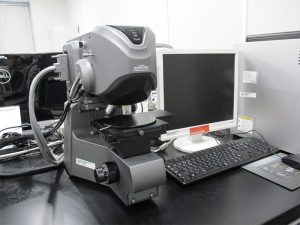
Shape Measurement Laser Microscope
VK-X200 (Keyence Corporation)
In Common Equipment Room 3, Photocatalysis International Research Center 1F
A laser microscope that acquires surface information by laser scanning and performs 3D measurement.
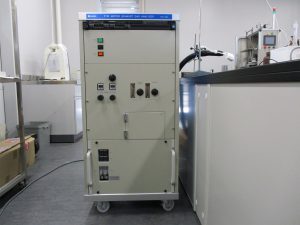
High-speed, Multi-functional FTIR Gas Analyzer for Catalyst Testing
FTIR Emission Gas Analyzer (Portable Type) FAST-1300 (Iwata Dengyo Co., Ltd.)
Photocatalysis Center 4F
Enables fast and multifunctional FTIR gas analysis for catalyst tests using Fourier transform infrared spectroscopy, as well as direct measurement of gas species, such as nitrogen oxides which are difficult to measure by chromatography, in a wide concentration range from sub-ppm to % level.
Therefore, it is possible to quickly measure highly active reactive gases without being affected by the surrounding atmosphere in this research project to produce nitrogen fertilizer from water and air on the spot. In addition, being on-flow, non-destructive, and not requiring pretreatment, it is possible to perform continuous real-time monitoring, and to monitor the product gas as unreacted, allowing an accurate understanding of the catalytic reaction.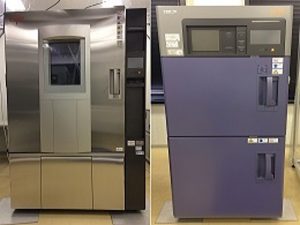
Temperature Tester for Equipment Mounted on Satellite
Ultra-low Temperature Humidity Chamber PG-4J, Small Thermal Shock Chamber TSE-12-A (ESPEC Corp.)
Board-managed Room 3, Noda Campus Building No. 3 2F
Intended to evaluate the suitability of onboard equipment under various temperature conditions encountered in orbit. Consists of a temperature tester for evaluating the temperature compatibility of experimental devices mounted on a 100-cm cubic spacecraft over a wide temperature range of −71 to 150°C and a thermal shock tester that evaluates the adaptability of electronic components such as devices and substrates used in space experimental equipment to thermal shocks caused by sudden temperature changes such as those from shade to sun. The two testers are connected via a network, and records are managed by a PC to achieve centralized control.
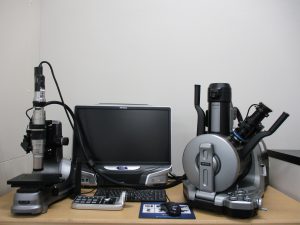
High Precision Interface Observation System for Wearable Sensor Development
Digital Microscope VHX-6000 Series (Keyence Corporation)
Laboratory 5, Noda Campus Building No. 10 4F
Acquires full-focus images at frame rates of up to one second, and recognizes focus information and enables magnified observation at full focus by simply moving the stage to the intended observation point and moving the lens up and down.
Also, by acquiring multiple super-resolution images using short-wavelength light and images with different shutter speeds, and simultaneously operating the HDR function to acquire high-tone images, this enables high-definition and high-contrast observation, allowing observations that were previously impossible.


